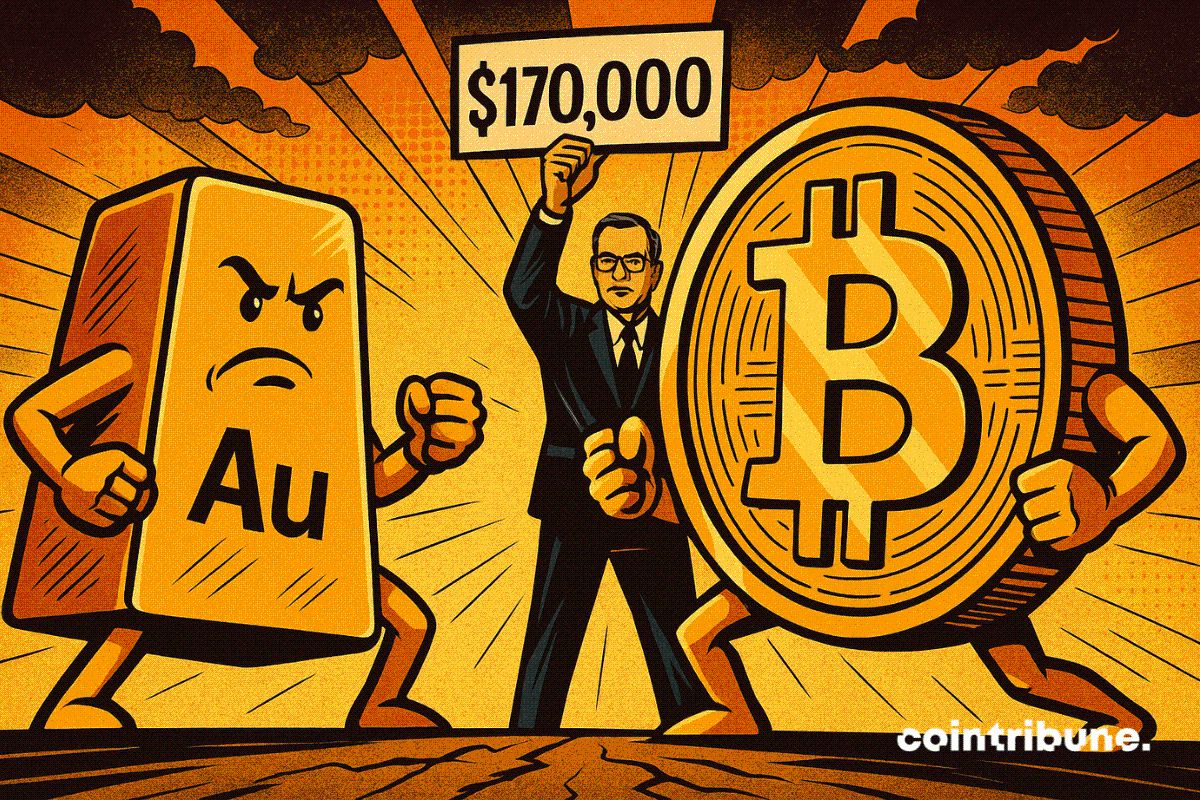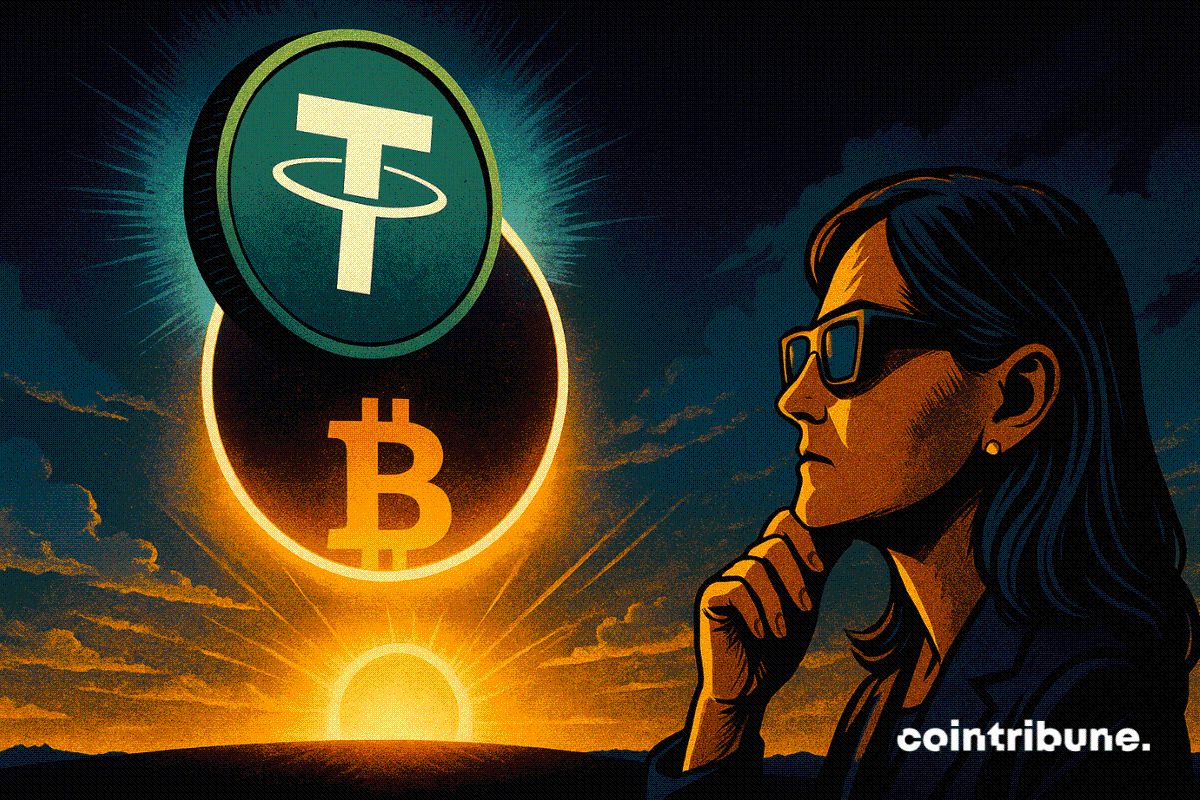Bitcoin bulls need 2 things: Positive BTC ETF flows and to reclaim $112,500
Bitcoin (BTC) trades at $101,328 as of press time, erasing the 2.3% recovery that had briefly pushed the price to $103,885 the day before.
The breakdown confirms what on-chain data has been telegraphing about demand momentum fading, long-term holders selling into weakness, and the market testing structural supports last seen during mid-cycle corrections.
The two consecutive dips below $100,000 on Nov. 4 and 5 add to what on-chain data suggested.
According to a Nov. 5 report by Glassnode, the path back to bullish footing requires two clear reversals.
First, US spot Bitcoin ETF flows must turn net positive after two weeks of daily outflows between $150 million and $700 million.
Second, price must reclaim the Short-Term Holders’ cost basis at $112,500 and hold it as support.
Without both flips, Bitcoin risks sliding toward the Active Investors’ Realized price near $88,500, a level that has historically marked deeper corrective phases.
Structural breakdown
Bitcoin has repeatedly failed to hold above $112,500, the average acquisition price for coins held less than 155 days. That threshold matters because when prices trade below their cost basis, Short-Term Holders sit on unrealized losses, and selling pressure builds.
The current 11% discount from that level is historically deep enough to invite further downside if support does not materialize.
At $100,000, roughly 71% of the circulating supply remains in profit, placing the market near the lower bound of the 70% to 90% equilibrium range typical during mid-cycle slowdowns. This zone often produces brief relief rallies toward the Short-Term Holders’ cost basis, but sustained recoveries require prolonged consolidation and renewed demand.
If selling pushes a larger share of supply into the loss zone, the market risks transitioning into a deeper bearish phase.
The Relative Unrealized Loss, which represents total unrealized losses as a percentage of market capitalization, currently stands at 3.1%, well below the 5% threshold typically associated with panic-driven selloffs.
The 2022-2023 bear market pushed this metric above 10%. The current reading suggests orderly revaluation, not capitulation, but the cushion is thin.
Quiet distribution from long-term holders
The surprise has been long-term holder behavior. Since July 2025, this cohort has shed approximately 300,000 BTC, reducing supply from 14.7 million to 14.4 million.
Unlike earlier distributions when seasoned investors sold into strength during rallies, they are now selling into weakness as prices drift lower, a behavioral shift that signals fatigue and reduced conviction.
When accounting for new maturations, which are coins aging past 155 days, the spending becomes clearer.
Long-term holders have spent around 2.4 million BTC since July, with new maturations offsetting much of the outflow. Excluding maturations, the spending represents roughly 12% of the circulating supply.
That is substantial sell-side pressure operating beneath the surface.
ETF flows turn negative, derivatives suggest caution
Institutional demand has cooled sharply. US spot Bitcoin ETFs recorded consistent net outflows over the past two weeks, contrasting with strong inflows throughout September and early October that supported price resilience.
The recent trend suggests a shift towards profit-taking and a reduced appetite for new exposure.
Spot market activity tells the same story. The Cumulative Volume Delta Bias has turned negative across major exchanges. Binance and aggregate spot CVDs registered negative 822 BTC and 917 BTC, respectively, signaling sustained net sell pressure.
Coinbase remains neutral at positive 170 BTC, showing little buy-side absorption. This deterioration mirrors the ETF slowdown, suggesting rallies are met with swift profit-taking.
In perpetual futures, the Directional Premium has declined from $338 million per month in April to around $118 million. This is the interest paid by long traders.
The movement signals a broad unwind in speculative positioning, as traders are scaling back directional leverage, favoring neutrality over aggressive long exposure.
Options markets reinforce the defensive tone. Demand for puts remains elevated, with traders paying premium prices to guard against further downside rather than positioning for reversal.
Short-term implied volatility spiked to 54% during the selloff before retracing about 10 vol points once support formed.
Put premiums at the $100,000 strike surged as fears grew that the bull cycle might be ending.
Even as Bitcoin stabilized, premiums remain elevated. Flow data indicate that taker activity is primarily characterized by negative delta positioning, with puts being purchased and calls being sold. The environment favors defensiveness over risk-taking, with no clear catalyst for upside visible.
The two flips required.
Bitcoin’s break below the Short-Term Holders’ cost basis and stabilization around $100,000 mark is a decisive shift.
The correction mirrors prior mid-cycle slowdowns, with supply still in the majority and unrealized losses contained.
However, sustained long-term holder distribution and continued ETF outflows underscore a weakening of conviction.
The market remains in fragile equilibrium: oversold but not panicked, cautious yet structurally intact. The next directional impulse hinges on whether renewed demand can absorb ongoing distribution and reclaim $112,500 as firm support, or whether sellers maintain control.
Until ETF flows turn net positive and price reclaims $112,500, bulls lack the ammunition to reverse structural weakness. Those two flips decide whether this correction ends or deepens.
The post Bitcoin bulls need 2 things: Positive BTC ETF flows and to reclaim $112,500 appeared first on CryptoSlate.
Disclaimer: The content of this article solely reflects the author's opinion and does not represent the platform in any capacity. This article is not intended to serve as a reference for making investment decisions.
You may also like
Interview with RaveDAO Head of Operations: Breaking Barriers with Music, Enabling Real Users to Onboard to Blockchain Seamlessly
RaveDAO is not just about organizing events; it is creating a Web3-native cultural ecosystem by integrating entertainment, technology, and community.

Behind the x402 Craze: How ERC-8004 Builds the Trust Foundation for AI Agents
If x402 is the “currency” of the machine economy, then what ERC-8004 provides is the “passport” and “credit report.”

JP Morgan Forecasts BTC At $170K Amid Market Doubts

Bitcoin Loses Ground To Stablecoins, Says Cathie Wood

